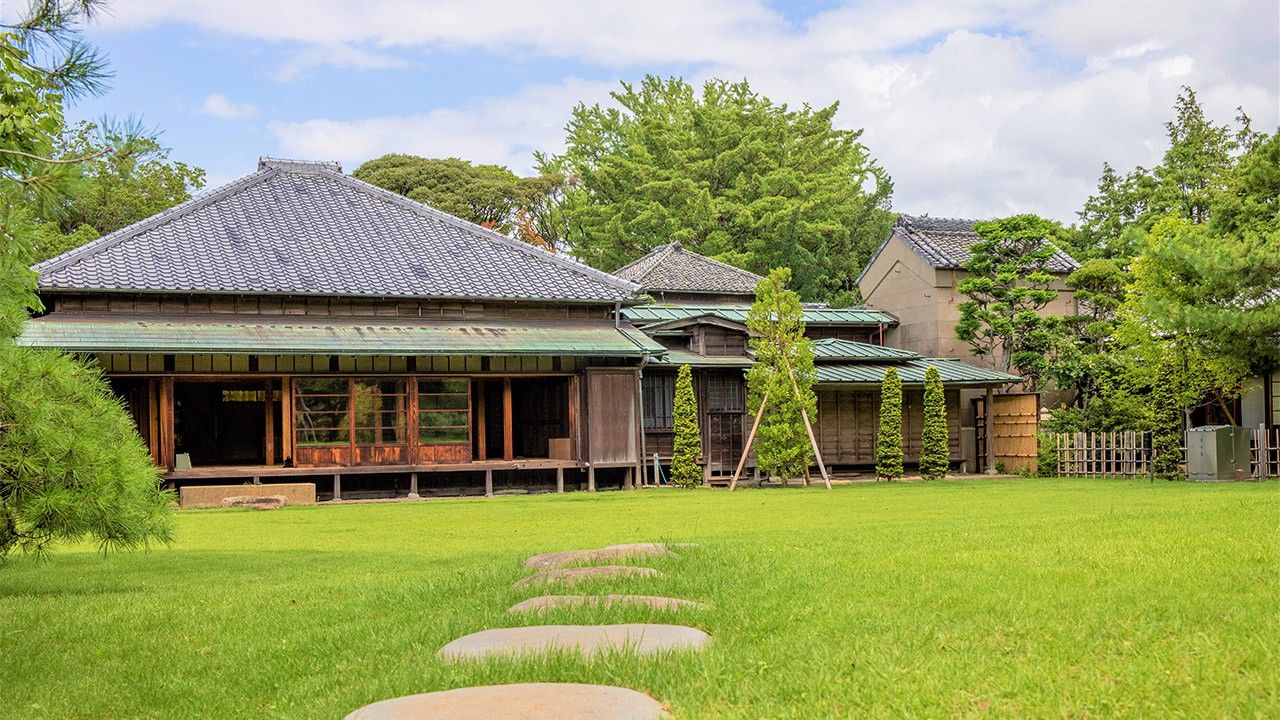
After the Shogunate: The Last Shōgun and a New Direction for the Tokugawa Clan
History- English
- 日本語
- 简体字
- 繁體字
- Français
- Español
- العربية
- Русский
Yoshinobu: Out of the Spotlight
In January 2023, Tokugawa Iehiro made headlines as he became the nineteenth head of the Tokugawa clan. From the rise of founding patriarch Ieyasu, the clan ruled Japan as shōguns through the Edo period (1603–1868). After the collapse of the shogunate in the Meiji Restoration, however, its members had to adjust to life under a new government.
Tokugawa Yoshinobu, the fifteenth and last shōgun, ruled for just one year before being removed from his position on January 3, 1868, when supporters of Emperor Meiji issued an edict restoring imperial rule. Yoshinobu, who had been living at Nijō Castle in Kyoto for four years, moved to Osaka Castle. While followers of the shogunate who did not accept the edict clashed with the new government’s army in the Battle of Toba-Fushimi, the first conflict of the Boshin Civil War, Yoshinobu fled to Edo (now Tokyo), where he began a life of voluntary confinement at the temple of Kan’eiji in Ueno.
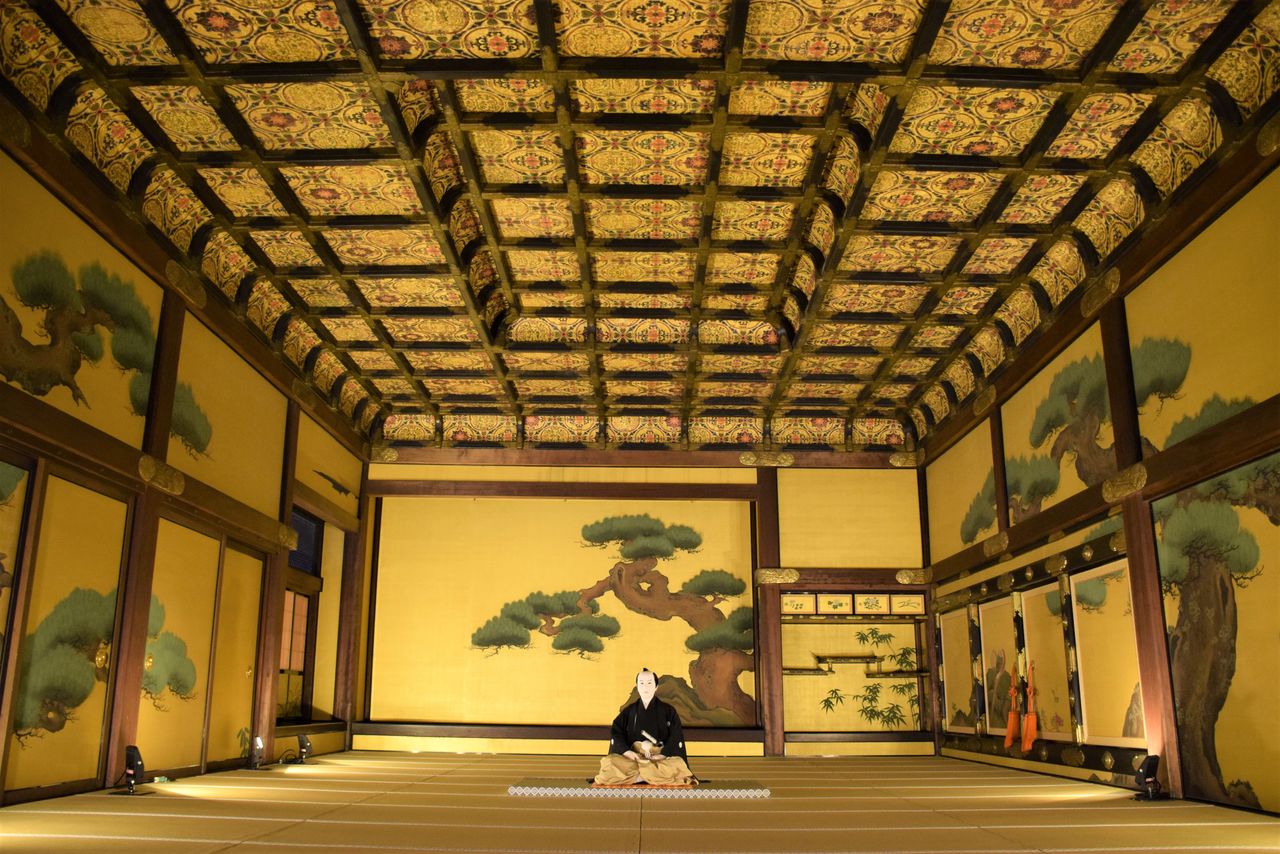
The Grand Hall of the Ninomaru-goten Palace at Nijō Castle, where Yoshinobu formally resigned as shōgun in November 1867. (© Jiji)
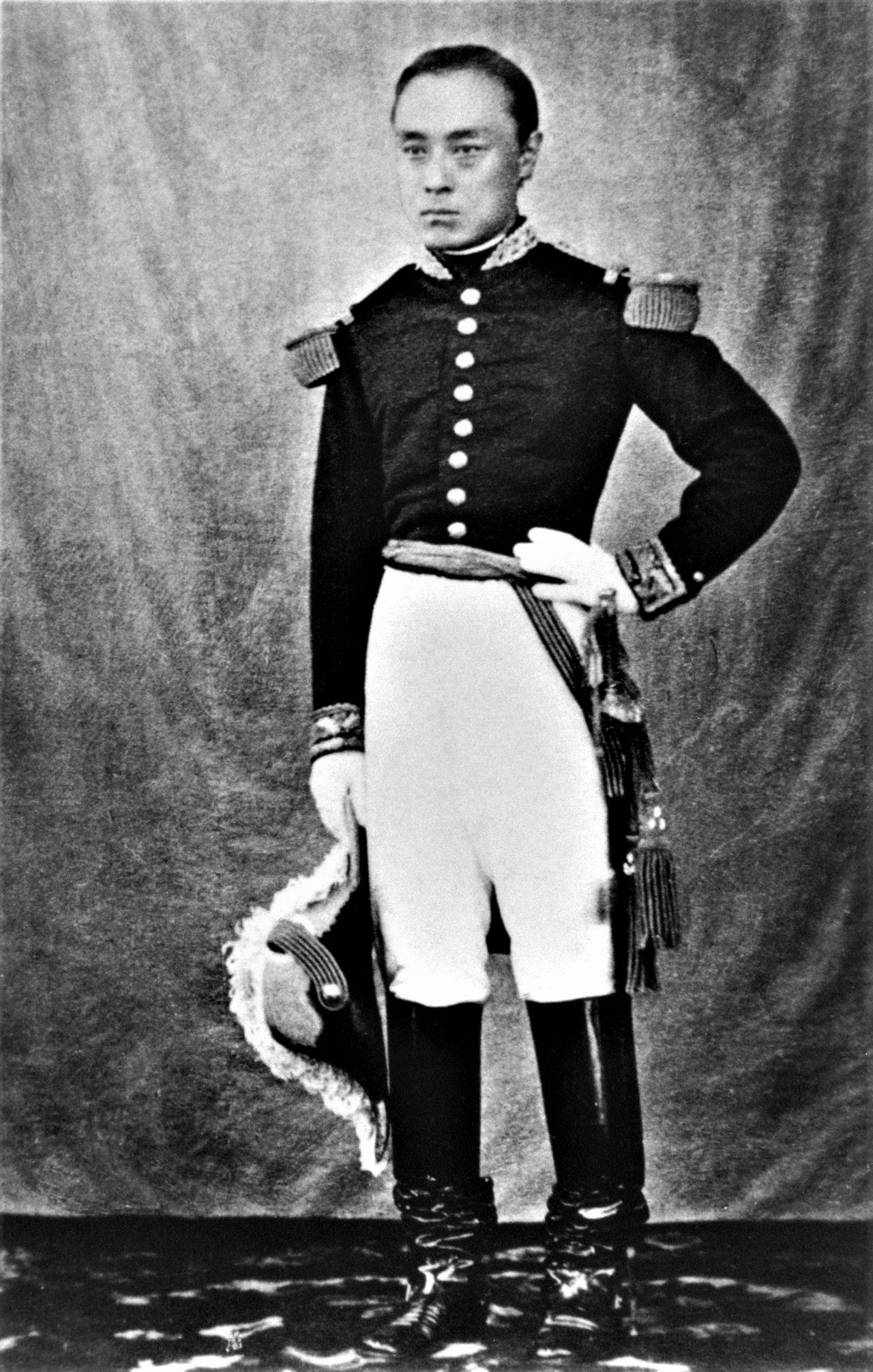
Yoshinobu in a military uniform given to him by Napoleon III of France. (Courtesy Ibaraki Prefectural Archives and Museum; © Jiji)
Regarding Yoshinobu as an enemy of the court, the new government sent an army east from Kyoto, but negotiations between Katsu Kaishū of the shogunate forces and Saigō Takamori of the Meiji army secured the bloodless handover of Edo Castle to Saigō on May 3, 1868. Yoshinobu was spared execution and eventually returned to his hometown of Mito.
At this time, Yoshinobu relinquished the headship of the Tokugawa clan to a young boy in the Tayasu branch of the family, who was given the name of Iesato and took control of the family’s domain in what is now Shizuoka Prefecture. Yoshinobu moved to the temple of Hōdaiin in this territory.
The following year, Yoshinobu received an official amnesty from the Meiji government. With the establishment of new prefectures in 1871, though, the former domains were abolished and Iesato lost his position of domain head. Iesato subsequently moved to Tokyo, but Yoshinobu stayed on in Shizuoka, devoting himself to hobbies like falconry, horse riding, and net fishing, as well as cultural pastimes such as waka and haiku poetry, go, calligraphy, and nō drama. Notably, he was a professional-level photographer and won second prize for a contribution to the aristocratic photography magazine Hana no kage. He had just one child with his official wife Mikako, a daughter who lived for only a few days. However, he had more than 20 children with his concubines Okō and Onobu, although many of these offspring also died young.
In 1897, Yoshinobu, now 60 years old, left Shizuoka to live in Sugamo, Tokyo. The next year, he was warmly received by Emperor Meiji in the Imperial Palace. He died in 1913 at the age of 77, one year after the emperor. Although he had the shortest reign of any of the Tokugawa shōguns, he was the longest lived.
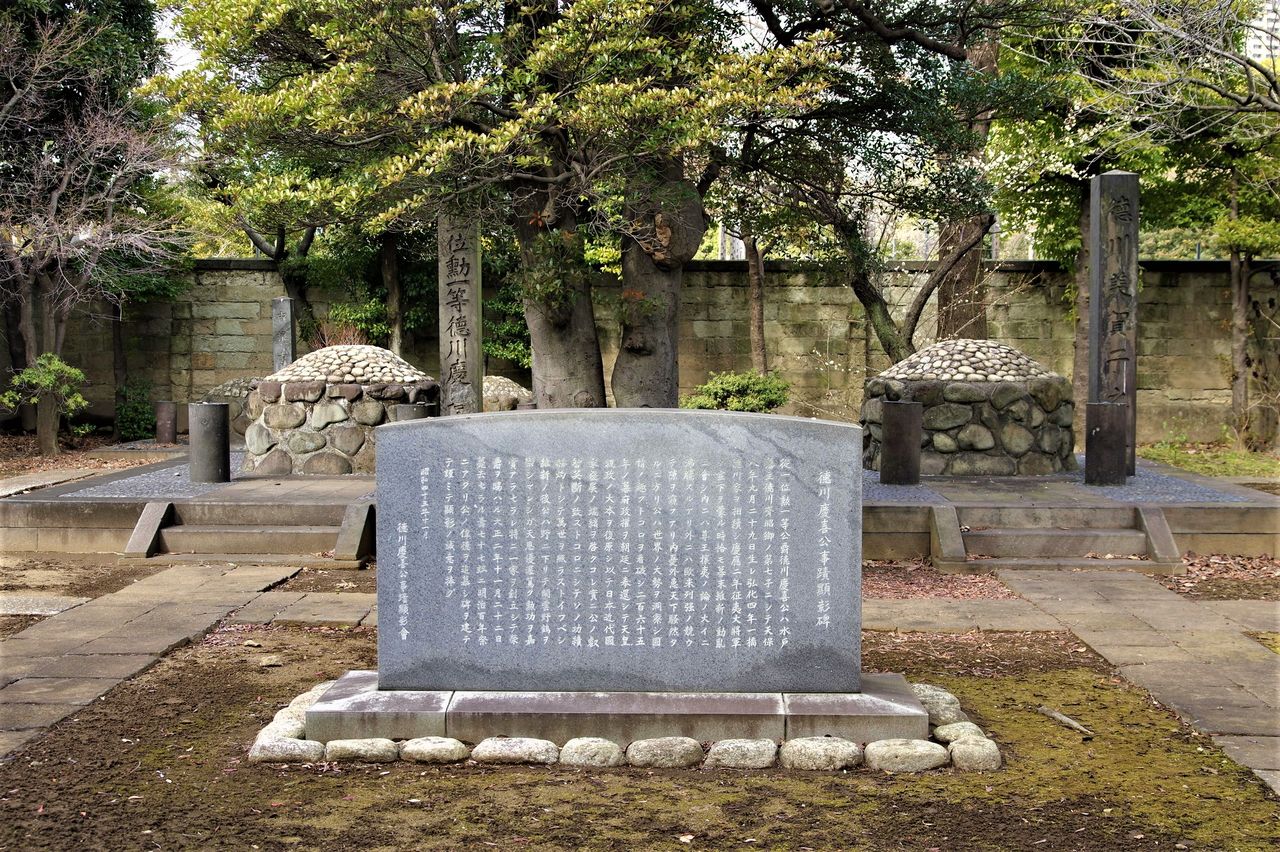
The grave of Tokugawa Yoshinobu and his wife Mikako in Yanaka Cemetery in Taitō, Tokyo. Following his wishes, his grave is in the style of a Shintō burial mound. (© Pixta)
Iesato: A Return to Prominence
Tokugawa Iesato was born as Kamenosuke in the Tayasu branch of the Tokugawa clan in 1863. He was just four years old when he succeeded Yoshinobu as head of the clan in 1868. Following the new government abolishing the old domains, he moved to Tokyo with a small entourage of around eight people, eventually settling in Akasaka in 1872. Tenshōin Atsuhime, the widow of the thirteenth shōgun Iesada, lived with him and devoted herself to his education.
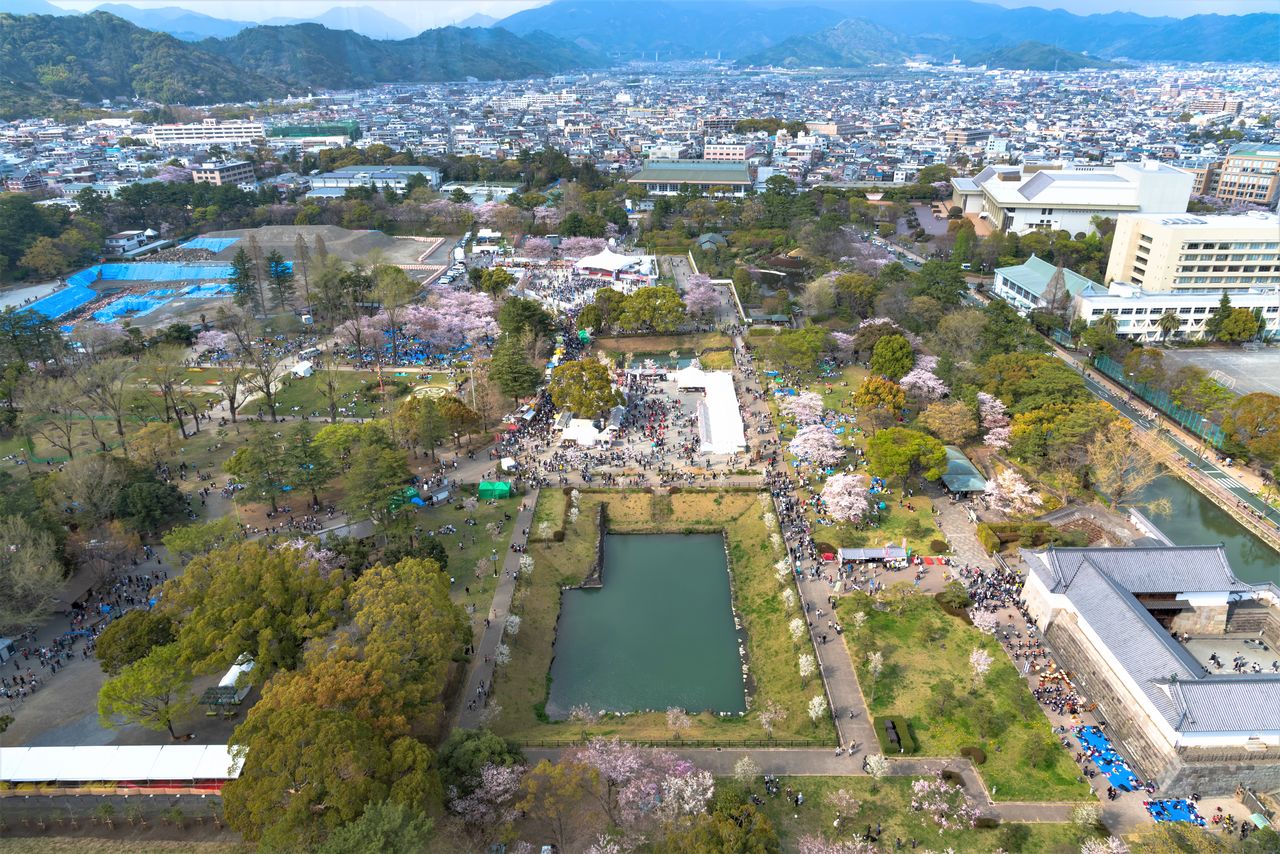
The ruins of Sunpu Castle, where Iesato lived as governor, are now part of Sunpu Castle Park in Shizuoka. (© Pixta)
Iesato did not have warm feelings toward Yoshinobu, who he said wrecked the Tokugawa clan. He also did not like to be described as the sixteenth head after Yoshinobu, declaring that thanks to the benevolence of Emperor Meiji, he had started a new clan.
Such statements may have been due to the influence of Atsuhime. When the new government forces surrounded Edo, she urged the court to ensure the continuation of the Tokugawa house, but made no plea for Yoshinobu, blaming him for the situation.
Iesato studied politics in Britain for five years from 1877 and was bestowed the title of prince on his return. In 1903, he was made president of the House of Peers at the age of 40, continuing in that role for nearly 30 years.
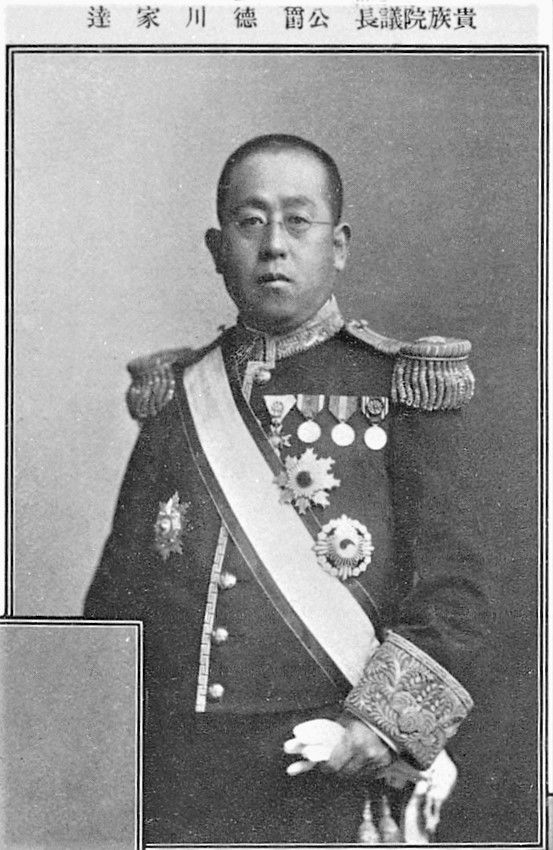
Tokugawa Iesato during his tenure as president of the House of Peers. (Courtesy National Diet Library)
As president, Iesato conducted house business in a fair and impartial way. His political acumen led to him receiving an imperial command in 1914 to form a cabinet as prime minister. However, he declined, saying that he was not qualified for the task.
Iesato demonstrated shrewd judgement in his decision. Popular demand for an elected “party cabinet,” rather than one made up of unelected statesmen as was then typical, made the job of prime minister a risky one. In the end, Ōkuma Shigenobu formed a government, but a corruption scandal saw his support plummet, and the cabinet collapsed.
In 1921, Iesato acted as a delegate for Japan at the Washington Conference discussing the international order after World War I and naval disarmament. He was chosen by Prime Minister Hara Takashi, who saw potential in Iesato’s international contacts and social adeptness. Iesato enthusiastically attended meals and other gatherings almost every day, earning the respect of other countries’ representatives.
Iesato was also a keen participant in social welfare organizations, as well as making large financial contributions. In 1929, he became president of the Japanese Red Cross. He traveled across the Western world at his own expense, working to arrange the first International Conference of the Red Cross in Asia, which was finally held in Tokyo in 1934.
A celebration was held in 1938 marking 70 years since Iesato became head of the Tokugawa clan. In May that year, Iesato suffered a heart attack in Canada while on his way to an International Conference of the Red Cross in Britain. He returned home to recuperate, but passed away on June 5, 1940, at the age of 76.
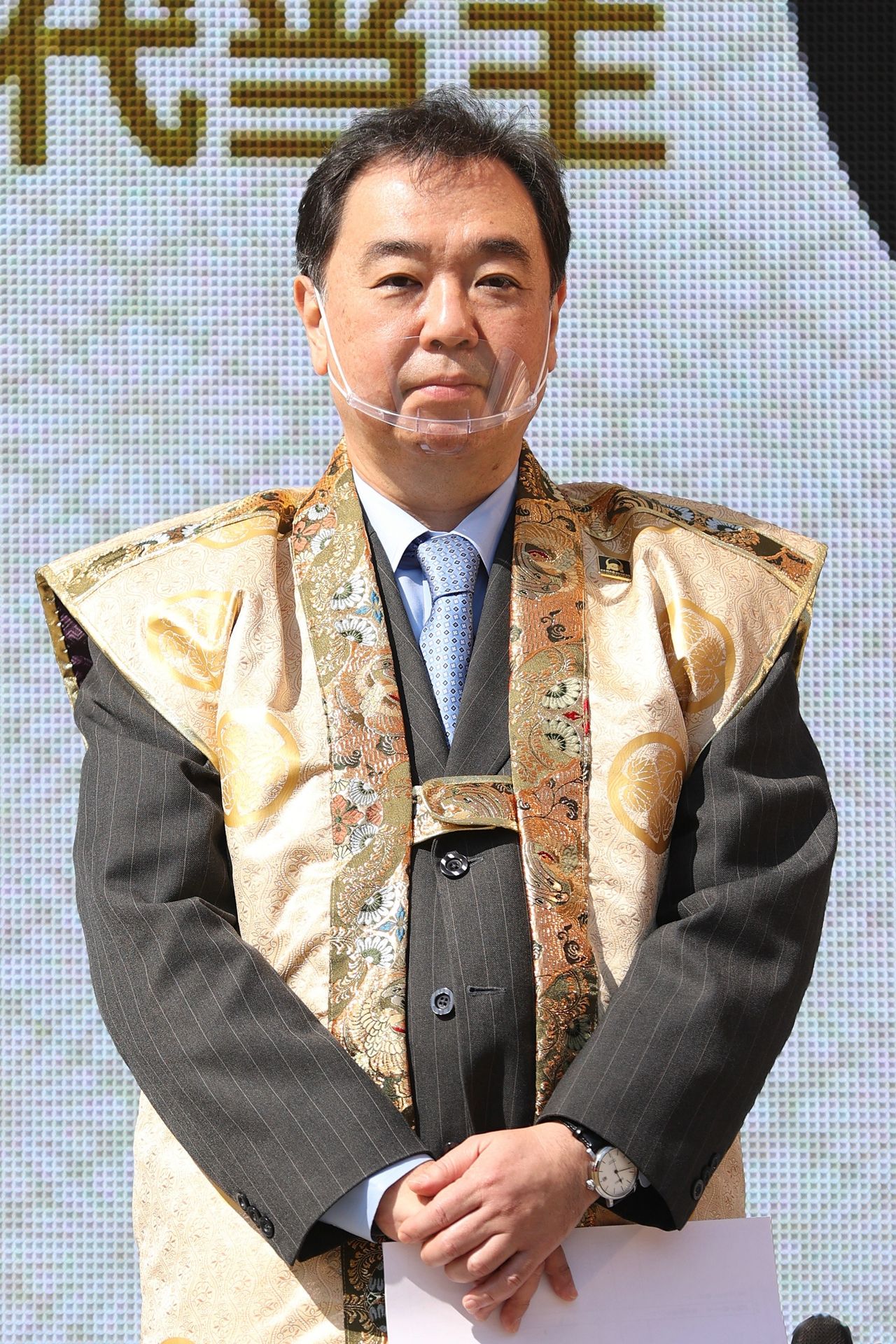
Tokugawa Iehiro becomes the nineteenth head of the Tokugawa clan in January 2023, the first succession in close to 60 years. He works as a political and economic commentator and heads the Tokugawa Memorial Foundation. (© Jiji)
(Originally published in Japanese on July 15, 2023. Banner photo: Tojōtei in Matsudo, Chiba Prefecture, was built in 1884 by Tokugawa Yoshinobu’s younger brother Akitake. © Pixta.)